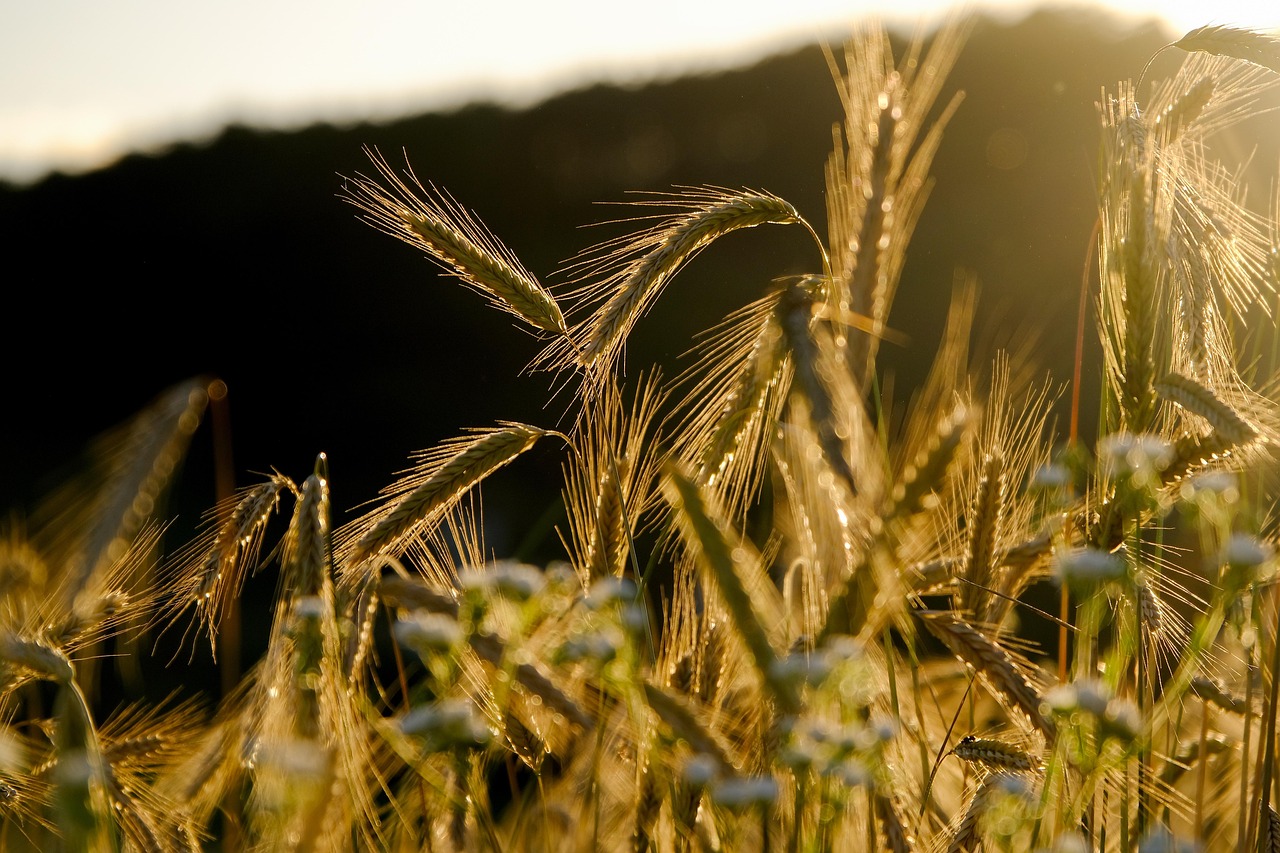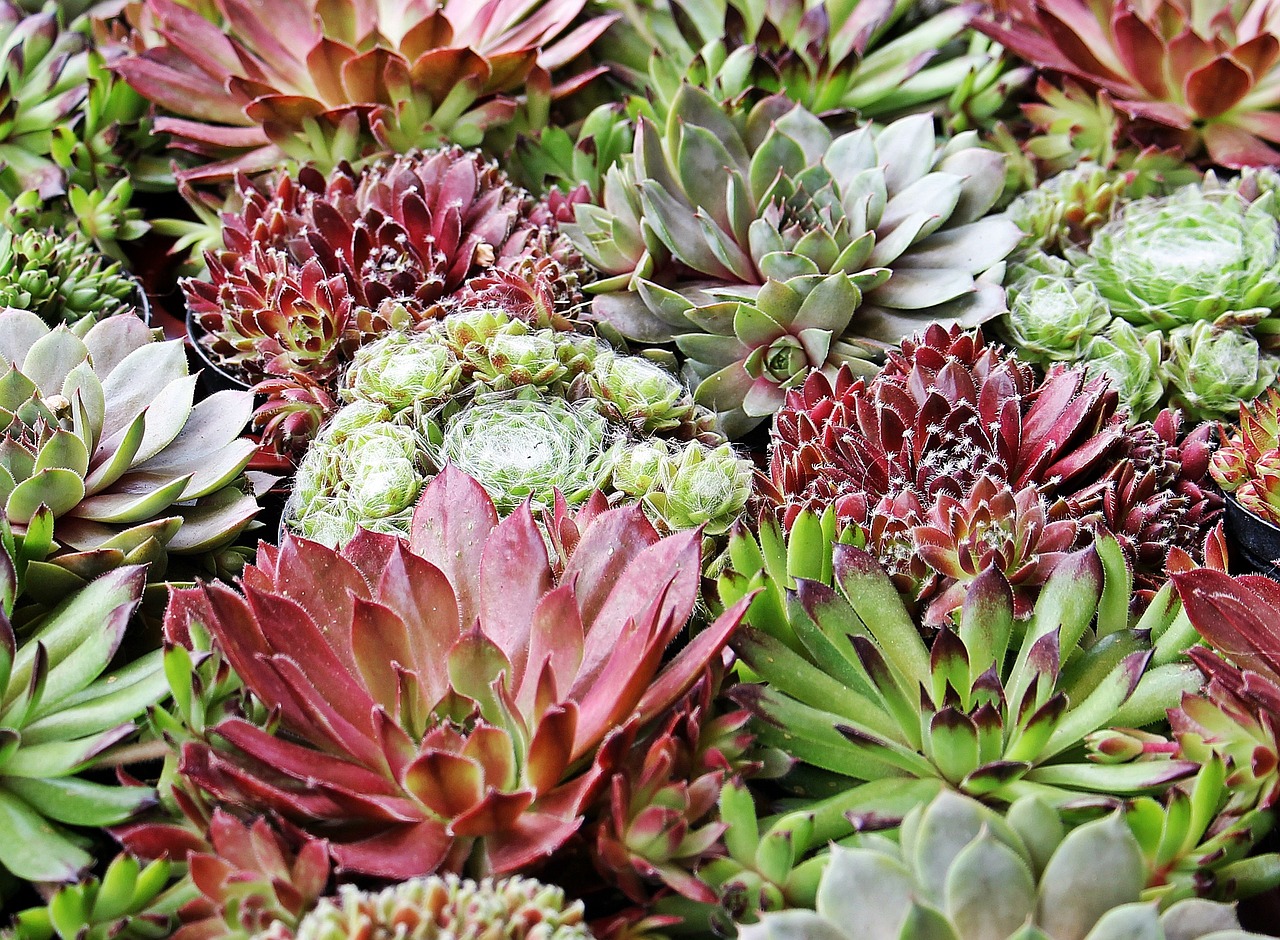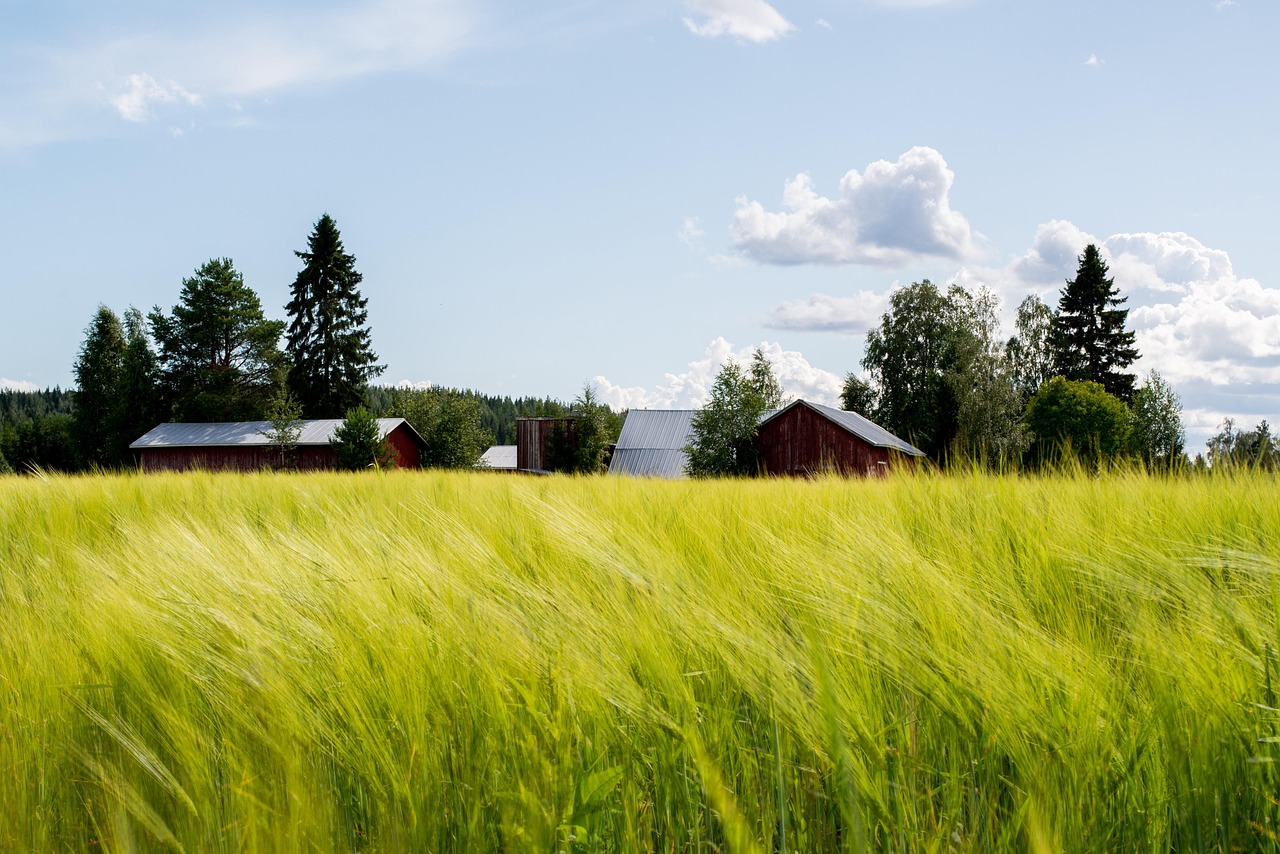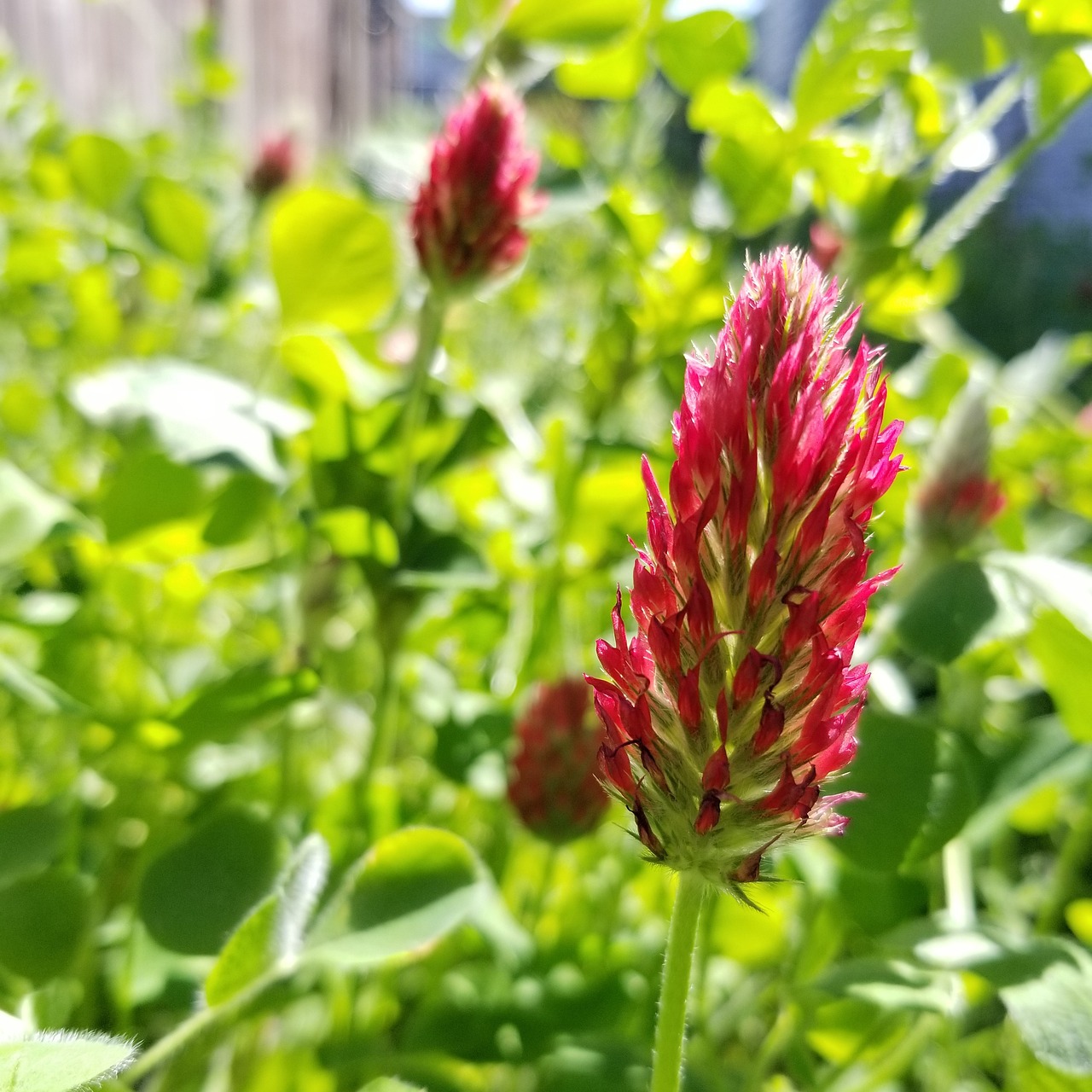Cover crops can revolutionize the way you cultivate your raised beds. By implementing these game-changing plants, you can enhance soil health, boost yields, and create a more sustainable gardening environment.
In recent years, gardeners have increasingly turned to cover crops as a solution for various challenges. Cover crops are plants grown primarily to improve soil quality rather than for harvest. They offer numerous benefits, including preventing erosion, suppressing weeds, and enhancing nutrient content in the soil. For raised bed gardeners, these advantages can significantly impact the overall productivity and health of the garden.

Using cover crops is not just a trend; it is a practice rooted in sustainable agriculture. These crops improve soil structure and fertility, which is crucial for raised beds that may deplete nutrients more rapidly than traditional garden plots. The right cover crop can also help manage pests and diseases, providing an additional layer of protection to your primary crops.
Understanding Cover Crops
To fully appreciate the benefits of cover crops, it is essential to understand their role in the ecosystem of your garden. Cover crops are typically planted during the off-season when primary crops are not in the ground. They grow quickly and can be turned into the soil before planting your main crops. This process adds organic matter and nutrients back into the soil, enhancing its fertility.
Here are some key benefits of using cover crops in your raised beds:
- Soil Improvement: Cover crops enhance soil structure, increasing aeration and water retention.
- Nutrient Cycling: Certain cover crops, like legumes, fix nitrogen in the soil, providing essential nutrients for subsequent crops.
- Pest Management: Some cover crops can deter pests or attract beneficial insects, reducing the need for chemical treatments.
- Erosion Control: Planting cover crops helps prevent soil erosion during heavy rains.
- Weed Suppression: Dense cover crop growth can choke out weeds, reducing competition for resources.
Choosing the right cover crop is crucial for maximizing these benefits. The selection depends on factors such as climate, soil type, and the primary crops you plan to grow. Some popular options include clover, rye, and buckwheat. Each of these has unique traits that make them suitable for different situations.
Types of Cover Crops
Below is a table summarizing some common cover crops and their benefits:
| Cover Crop | Benefits | Best Time to Plant |
|---|---|---|
| Clover | Fixes nitrogen; attracts pollinators | Spring or fall |
| Rye | Suppresses weeds; improves soil structure | Fall |
| Buckwheat | Quick growth; attracts beneficial insects | Late spring |
| Vetch | Fixes nitrogen; excellent winter cover | Fall |
The incorporation of cover crops into your gardening routine can be a game-changer. By understanding their roles and selecting the right types for your situation, you can significantly boost your harvest while promoting a healthier garden ecosystem. Each type of cover crop offers unique advantages that cater to different gardening needs.
As you explore the world of cover crops, consider how they can fit into your overall garden strategy. With proper planning, these plants can enhance not only your raised beds but also your gardening experience as a whole.
Benefits of Specific Cover Crops

Each cover crop offers unique benefits that can greatly enhance the productivity of your raised beds. By selecting the right cover crops, you can tailor your gardening approach to meet specific needs in your soil and plant health. Here, we delve deeper into some popular cover crops and their specialized advantages.
Clover
Clover is a versatile cover crop that thrives in various climates. It is particularly known for its ability to fix nitrogen in the soil, making it an excellent choice for improving soil fertility. As clover grows, it captures atmospheric nitrogen and converts it into a form that plants can use. This natural process enriches the soil without the need for synthetic fertilizers.
- Types of Clover:
- Red Clover: Ideal for cool-season areas.
- White Clover: Excellent for warm-season gardens.
- Other Benefits:
- Attracts pollinators and beneficial insects.
- Prevents soil erosion.
- Improves soil structure with its extensive root system.
Rye
Winter rye is another popular choice among gardeners. It is a hardy plant that can survive cold temperatures, making it perfect for winter cover. Rye grows quickly and establishes a dense canopy, which helps suppress weeds effectively. Its deep root system also improves soil structure and increases moisture retention.
- Benefits of Rye:
- Helps prevent soil erosion during winter months.
- Increases organic matter when tilled into the soil.
- Competes well with weeds, reducing their growth.
Buckwheat
Buckwheat is a fast-growing cover crop that can be planted in late spring or summer. It is particularly effective at improving soil health by attracting beneficial insects like bees and butterflies. Buckwheat’s quick growth means it can be used to fill gaps in your garden while providing many advantages.
- Advantages of Buckwheat:
- Suppresses weeds effectively due to its rapid growth.
- Enhances soil structure by adding organic matter.
- Can be used as a green manure when tilled under before flowering.
Vetch
Vetch, particularly hairy vetch, is a leguminous cover crop that excels at nitrogen fixation. It is suitable for winter cover and provides numerous benefits to the soil. Vetch can grow tall and dense, offering excellent weed suppression and erosion control.
- Key Benefits of Vetch:
- Fixes nitrogen, enriching the soil for future crops.
- Offers good biomass production, contributing to organic matter.
- Helps improve soil aeration with its deep roots.
When to Plant Cover Crops

The timing of planting cover crops is crucial for maximizing their benefits. Each type has specific planting windows that align with seasonal changes. Here are general guidelines for planting cover crops:
- Spring Planting: Plant clover and buckwheat after the last frost date to ensure optimal growth.
- Summer Planting: Use buckwheat during mid-summer to quickly cover bare soil.
- Fall Planting: Sow rye and vetch before the first frost to allow them to establish roots before winter.
Understanding the best times to plant these cover crops will help you maximize their effectiveness and ensure a healthier growing environment for your primary plants. Proper timing allows these crops to thrive and provide the most benefit to your raised beds.

How to Incorporate Cover Crops into Your Raised Beds
Integrating cover crops into your raised beds requires thoughtful planning and management. By following specific steps, you can ensure these crops provide maximum benefits to your soil and overall garden health. Here are key considerations for effectively incorporating cover crops.
Soil Preparation
Before planting cover crops, it is essential to prepare your soil. This process involves several steps:
- Clear Existing Weeds: Remove any weeds or debris from the raised bed area to minimize competition for the cover crops.
- Till or Loosen Soil: Gently till or loosen the top few inches of soil to create a suitable seedbed for your cover crops.
- Add Organic Matter: Consider incorporating compost or well-rotted manure to enhance soil fertility.
Proper soil preparation helps create an environment where cover crops can thrive, benefiting your primary crops later in the season.
Seeding Techniques
Once your soil is prepared, you can proceed with seeding your cover crops. The method you choose can affect germination rates and overall success. Here are effective seeding techniques:
- Broadcast Seeding: Scatter seeds evenly across the prepared soil surface. This method is quick and works well for small areas.
- Drill Seeding: Use a seed drill for even distribution and proper depth placement. This technique is ideal for larger areas and promotes better germination.
- Row Planting: Space seeds in rows if you prefer a more organized approach. This method also facilitates easier management of the cover crops.
Whichever method you choose, ensure that the seeds are lightly covered with soil. This helps protect them from birds and encourages better germination.
Caring for Your Cover Crops
After planting, it is crucial to care for your cover crops to maximize their health and benefits. Here are some tips:
- Watering: Monitor moisture levels, especially during dry spells. Watering may be necessary to support seedling growth.
- Pest Management: Keep an eye out for pests that may affect your cover crops. Using organic pest control methods can help maintain a healthy crop.
- Nutrient Monitoring: Regularly test soil nutrients to understand how well your cover crops are performing and whether additional amendments are needed.
Caring for your cover crops will ensure they grow strong and healthy, contributing positively to your raised beds.
Transitioning from Cover Crops to Main Crops
Once it is time to transition from cover crops to your primary plants, proper management is vital. Follow these steps to prepare your raised beds:
Termination of Cover Crops
Terminating cover crops effectively is important for preventing them from competing with your main crops. Here are common methods for termination:
- Mowing: Cut down the cover crops before they flower. This action reduces seed production and allows for easier incorporation into the soil.
- Tilling: Incorporate the cover crops into the soil using a tiller or garden fork. This method adds organic matter back into the soil.
- Covering with Mulch: After mowing, consider covering the area with mulch to suppress regrowth while adding nutrients as it decomposes.
Timing for Planting Main Crops
After terminating the cover crops, wait for a suitable period before planting your main crops. This waiting period allows time for decomposition and nutrient release. Generally, wait about two to three weeks before planting your primary vegetables or flowers.
This careful transition ensures that your raised beds are ready to support the next cycle of growth, setting the stage for a successful harvest.
Maximizing the Benefits of Cover Crops
To truly maximize the benefits of cover crops in your raised beds, it is essential to adopt a holistic approach to your gardening practices. This means not only using cover crops but also integrating them into a broader strategy that includes crop rotation, companion planting, and organic soil amendments. Here are some additional strategies to consider:
Crop Rotation
Crop rotation involves changing the type of crops grown in a specific area from season to season. This practice can help prevent soil depletion and reduce pest and disease buildup. When combined with cover crops, crop rotation can enhance soil health even further. Here are some tips for effective crop rotation:
- Alternate Plant Families: Rotate between different plant families to disrupt pest life cycles and improve soil diversity.
- Plan for Nutrient Needs: Consider the nutrient needs of your main crops when selecting cover crops to plant before them.
- Include Perennial Plants: Adding perennial crops in your rotation can help establish deeper root systems and promote soil stability.
Companion Planting
Companion planting involves growing different plants together for mutual benefit. Certain cover crops can enhance the growth of your main crops by providing shade, attracting beneficial insects, or repelling pests. Here are some effective combinations:
- Clover with Brassicas: Clover enriches the soil while providing a habitat for pollinators that benefit brassica crops like cabbage and broccoli.
- Buckwheat with Nightshades: Buckwheat attracts beneficial insects that help control pests affecting tomatoes and peppers.
By strategically pairing cover crops with main crops, you can create a more resilient garden ecosystem that contributes to higher yields.
Final Thoughts
Incorporating cover crops into your raised beds is a transformative practice that can lead to healthier soil, enhanced productivity, and improved sustainability. The benefits of cover crops extend beyond just soil improvement; they also play a critical role in supporting biodiversity and promoting a balanced garden ecosystem. By understanding the types of cover crops available, their ideal planting times, and how to properly manage them, you can create a thriving environment for both your main crops and the beneficial organisms that support them.
As you embark on your gardening journey, consider the following key takeaways:
- Choose the Right Cover Crops: Select cover crops that suit your climate, soil type, and primary crops.
- Plan Soil Preparation and Care: Properly prepare your soil and care for your cover crops to maximize their benefits.
- Utilize Crop Rotation and Companion Planting: Enhance your gardening strategy with crop rotation and companion planting to further boost soil health and yields.
With these strategies in place, you are well on your way to maximizing the harvest from your raised beds while fostering a sustainable gardening practice. Embrace the power of cover crops and watch your garden flourish!
